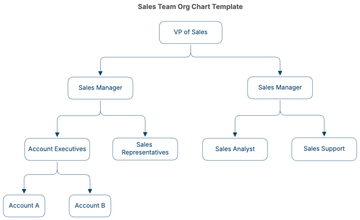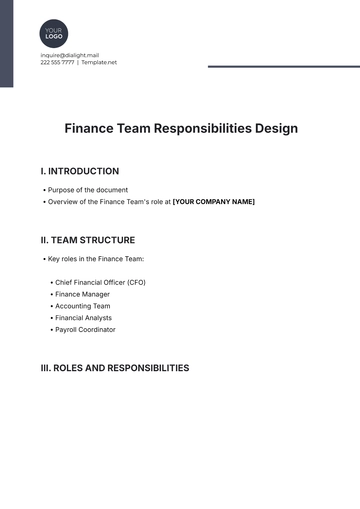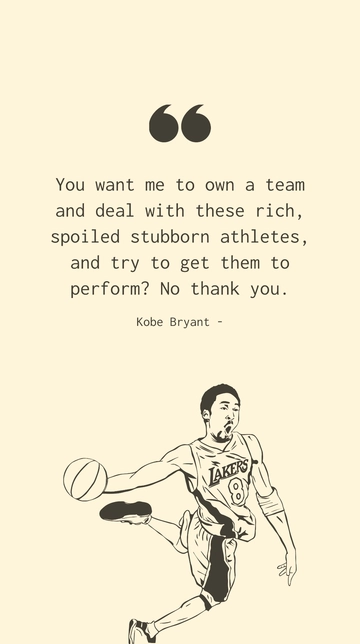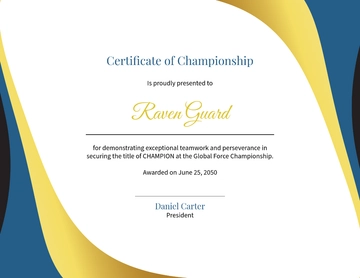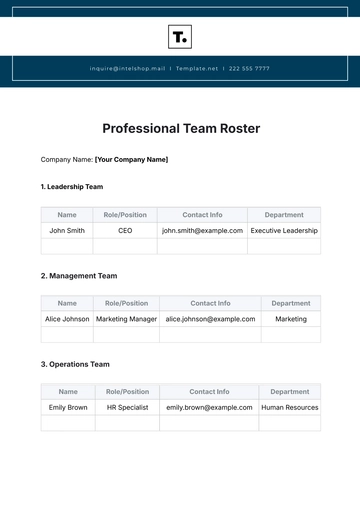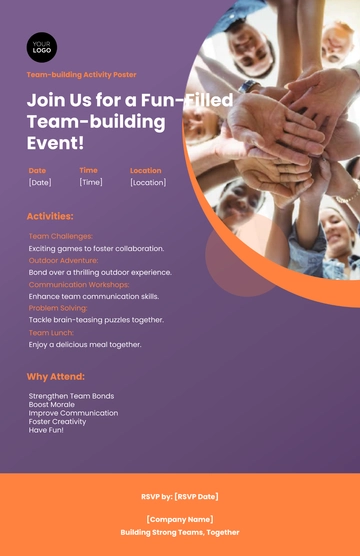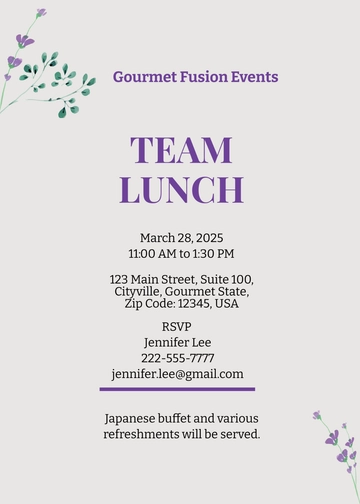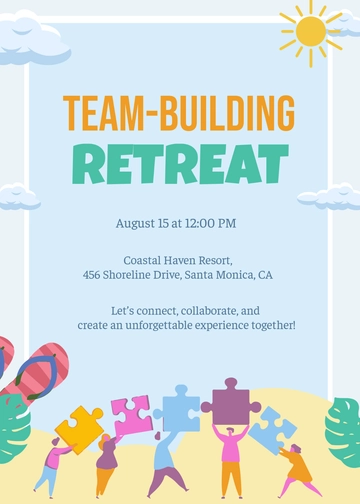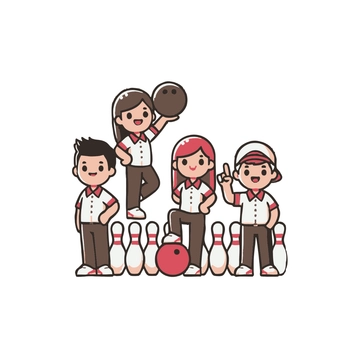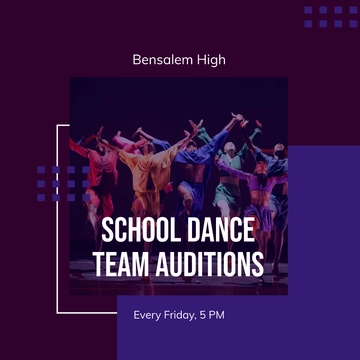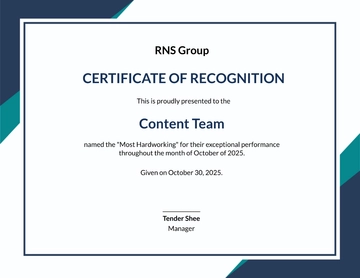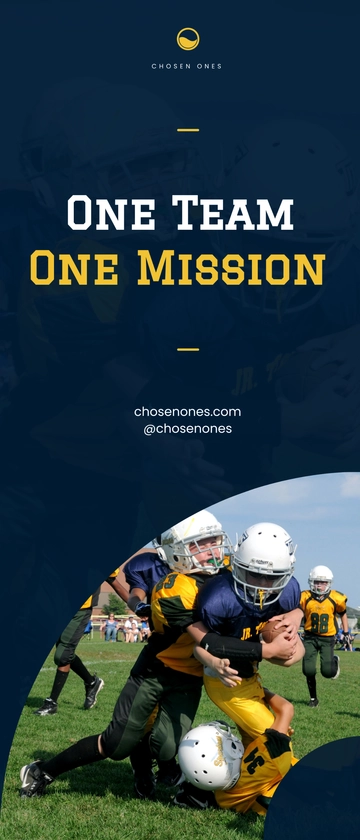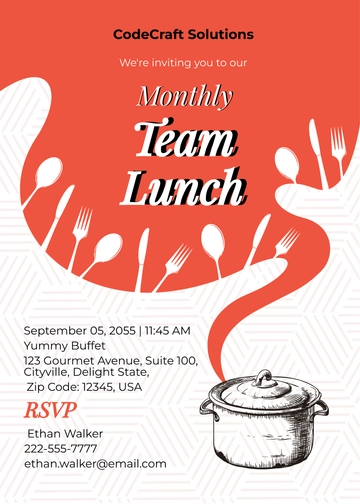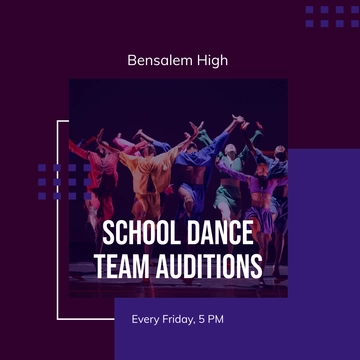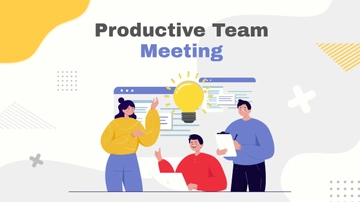Free Our Team Charter
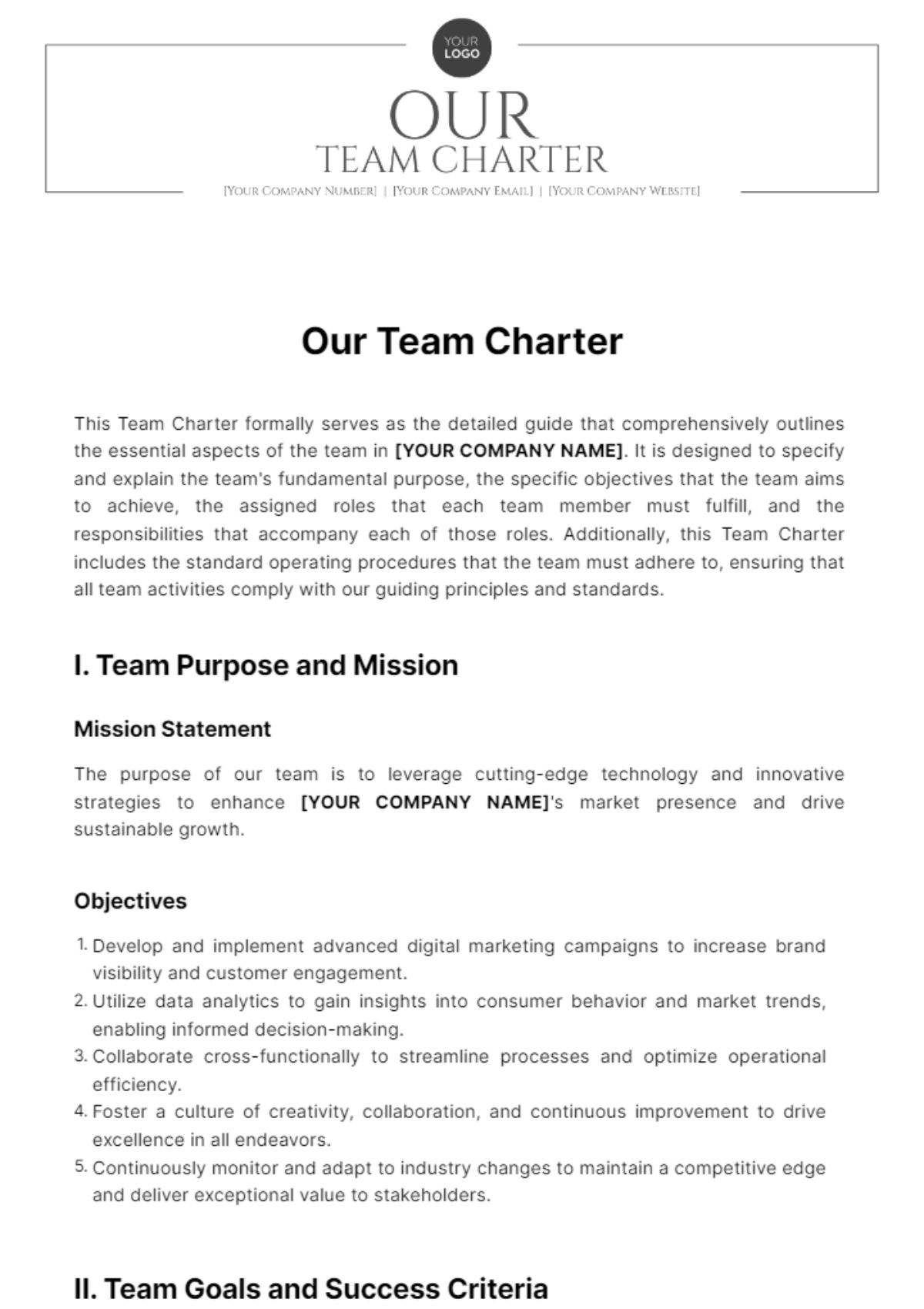
This Team Charter formally serves as the detailed guide that comprehensively outlines the essential aspects of the team in [YOUR COMPANY NAME]. It is designed to specify and explain the team's fundamental purpose, the specific objectives that the team aims to achieve, the assigned roles that each team member must fulfill, and the responsibilities that accompany each of those roles. Additionally, this Team Charter includes the standard operating procedures that the team must adhere to, ensuring that all team activities comply with our guiding principles and standards.
I. Team Purpose and Mission
Mission Statement
The purpose of our team is to leverage cutting-edge technology and innovative strategies to enhance [YOUR COMPANY NAME]'s market presence and drive sustainable growth.
Objectives
Develop and implement advanced digital marketing campaigns to increase brand visibility and customer engagement.
Utilize data analytics to gain insights into consumer behavior and market trends, enabling informed decision-making.
Collaborate cross-functionally to streamline processes and optimize operational efficiency.
Foster a culture of creativity, collaboration, and continuous improvement to drive excellence in all endeavors.
Continuously monitor and adapt to industry changes to maintain a competitive edge and deliver exceptional value to stakeholders.
II. Team Goals and Success Criteria
Detail specific goals the team intends to achieve and the criteria for measuring success.
Goal 1: Launch a comprehensive social media marketing campaign targeting our key demographics to increase brand awareness by 20% within the next six months.
Goal 2: Implement a customer loyalty program with personalized incentives to increase customer retention by 15% over the next year.
Additional Goals:
Develop and launch a new mobile application to improve customer engagement and facilitate easier access to our products/services within the next nine months.
Expand market reach by establishing partnerships with three prominent industry influencers within the next quarter.
Success Metrics:
Metric 1: Brand Awareness
Measure social media reach and engagement, including likes, shares, and comments.
Track website traffic and referrals from social media platforms.
Conduct surveys to assess brand recognition and recall among target audiences.
Metric 2: Customer Retention
Monitor customer churn rate over time.
Analyze customer feedback and satisfaction scores.
Assess the usage frequency and longevity of active customers within the loyalty program.
Metric 3: Mobile Application Performance
Track downloads and installation rates.
Monitor user engagement metrics, such as session duration and frequency.
Gather feedback through app store reviews and user surveys to identify areas for improvement.
Metric 4: Influencer Partnership Impact
Measure the increase in social media followers and engagement attributed to influencer collaborations.
Track referral traffic and conversions generated from influencer-promoted content.
Evaluate brand sentiment and perception among the influencer's audience through sentiment analysis and social listening tools.
III. Team Roles and Responsibilities
Define each team member's role and their responsibilities.
Role | Name | Responsibilities |
|---|---|---|
Team Leader | [Your Name] | [List of responsibilities] |
Member 1 | [Name] | [Responsibilities] |
Member 2 | [Name] | [Responsibilities] |
IV. Operating Procedures
Outline the standard procedures the team will follow for day-to-day operations and decision-making.
Meeting Schedule: Weekly team meetings will occur every Wednesday at 9:00 AM. Daily check-ins will take place at 10:00 AM.
Decision Making: Decisions will be made collaboratively during weekly meetings, with input from all team members. The team may make urgent decisions lead, with prompt communication and subsequent team feedback.
Communication Plan:
Slack: For quick updates and informal discussions.
Email: For formal announcements and detailed information.
Weekly Meetings: A main platform for project discussions and alignment.
Project Management Tool: Used for task tracking and collaboration.
Expectations: Response within 24 hours on weekdays, flagging urgent matters appropriately.
Reporting:
Format: Standard template including project updates, achievements, challenges, and action items.
Frequency: Reports are shared during weekly meetings, with a summary email afterward. Ad-hoc reports are available as needed.
V. Resources
List all resources available to the team, including budget, tools, and technologies.
Budget: $5000
Tools and Technologies:
Project Management: Asana
Communication: Slack, Microsoft Teams
Data Analytics: Google Analytics, Tableau
Social Media Management: Hootsuite, Buffer
Design: Adobe Creative Suite (Photoshop, Illustrator)
Development: GitHub, Visual Studio Code
Customer Relationship Management (CRM): Salesforce
Email Marketing: Mailchimp, HubSpot
Collaboration: Google Workspace (Docs, Sheets, Drive)
Video Conferencing: Zoom, Microsoft Teams
VI. Conflict Resolution
Method:
First Step: Open Dialogue
Encourage involved parties to communicate directly and openly about their perspectives and concerns in a respectful manner.
Facilitate a meeting or discussion where each party can express their viewpoints and actively listen to each other.
Following Steps:
Mediation:
If the conflict persists, designate a neutral mediator (e.g., team lead or HR representative) to facilitate constructive dialogue between the parties.
The mediator will help identify underlying issues, clarify misunderstandings, and explore potential solutions collaboratively.
Conflict Resolution Plan:
Develop a formal conflict resolution plan outlining specific steps to address the conflict, including agreed-upon actions and timelines.
Ensure that responsibilities are assigned, and progress is monitored to track resolution efforts.
Escalation:
If the conflict remains unresolved despite mediation and conflict resolution efforts, escalate the matter to higher management or HR for further intervention and guidance.
Provide relevant documentation and insights gathered during the resolution process to support the escalation process.
Follow-up and Evaluation:
After implementing the resolution plan, conduct follow-up meetings to assess the effectiveness of the solutions implemented and address any lingering issues.
Evaluate lessons learned from the conflict resolution process to identify opportunities for improvement in team dynamics and communication strategies.
VII. Acknowledgment
This charter is agreed upon by all team members and is subject to review and revision as necessary.
Team Members:

[Your Name]
[Date Signed]

[Team Members Name]
[Date Signed]
- 100% Customizable, free editor
- Access 1 Million+ Templates, photo’s & graphics
- Download or share as a template
- Click and replace photos, graphics, text, backgrounds
- Resize, crop, AI write & more
- Access advanced editor
Optimize team effectiveness with "Our Team Charter Template," exclusively from Template.net. This editable and customizable document simplifies the creation of charters for various team endeavors, ensuring clarity, alignment, and accountability. Crafted for flexibility, it's editable in our Ai Editor Tool, enabling seamless adjustments to match your team's unique goals and dynamics. Whether outlining objectives, defining roles and responsibilities, or establishing communication protocols, this template fosters cohesion and empowers teams to achieve success. Trust Template.net to provide the framework for elevating your team's performance. Simplify the creation of your team charter and drive collaborative excellence, knowing you're supported every step of the way.

